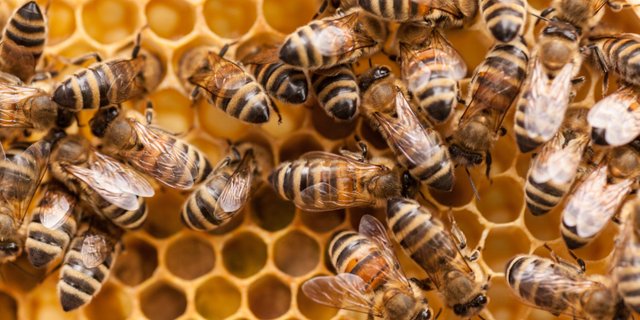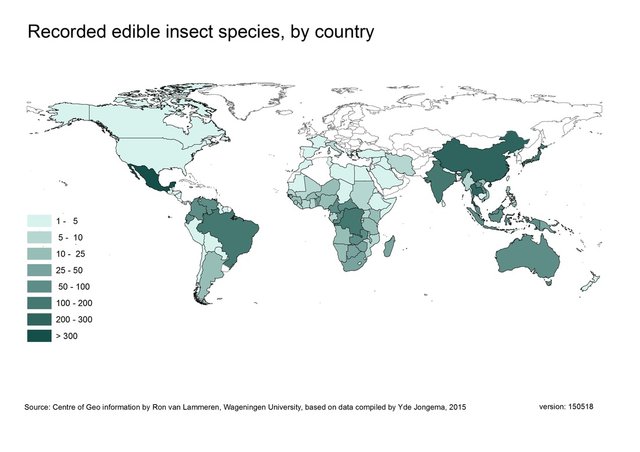Bugs Are Coming Soon to Your Dinner Table

On their 500-year-old homestead in southern Finland, Kirsi and Jouko Siikonen have turned from raising pigs to farming six-legged creatures that could help resolve the world’s looming food crisis.After shrinking income persuaded them to abandon pork, seven months ago the couple transformed the muddy pens where as many as 1,200 pigs once wallowed into a climate-controlled cricket farm. It’s on pace to yield 1,500 kilograms (3,300 pounds) of the edible protein this year, much of which is ground into an ingredient for products from chocolate and crispbread to bar snacks and breakfast granola.
“One doesn’t have to shovel manure on a cricket farm and the smell is trivial,” said Kirsi, whose family has owned the homestead since the 1500s. “The job is physically light compared to pig farming. Crickets don’t sting or bite. A pig will bite on pure curiosity.”It isn’t just about work conditions. Insects, already part of the diets of 2 billion people, mainly in Asia, are set to reach more dining tables as consumer concern about the environmental and social costs of producing beef, pork and poultry overrides the yuck factor of eating bug-filled burger. Using little land and emitting a fraction of the greenhouses gases generated by cattle, that appeal will grow as a surging population stretches scarce global resources.
Tasting Menu
Recorded edible insect species
 Producing a kilogram of crickets takes less than a fifth of the feed that cattle eat to yield the same amount of beef, according to the United Nations’ Food & Agriculture Organization. Insects require significantly less water and don’t need either antibiotics or growth hormones.
Producing a kilogram of crickets takes less than a fifth of the feed that cattle eat to yield the same amount of beef, according to the United Nations’ Food & Agriculture Organization. Insects require significantly less water and don’t need either antibiotics or growth hormones.
About 1,900 insect species are found in traditional diets, with some of the biggest markets being Thailand, Japan, China, Australia and Peru. Now they’re showing up in foods across Europe and the Americas, as well as in quirky specialty products and on restaurant menus.Restaurant Ultima in Helsinki—opened seven weeks ago by two of Finland’s top chefs—offers a small tartlet made of hemp, topped with truffle mayonnaise and deep-fried crickets. In nearby Espoo, diners at the Fat Lizard can enjoy deep fried crickets with soft taco, lime, chili, coriander and creme fraiche.Ground-up crickets are mostly tasteless, which makes them easy to add to foods like sausages, cookies, muffins, tofu and even ice cream. The powder is a filling option, containing far more protein than wheat flour used to make bread.
“Crickets are the least-scary bug,” said Radek Husek, the co-founder of Prague and London-based SENS Foods Ltd., a maker of cricket flour for protein bars and bread.“People are really scared to eat a whole bug, but it’s a much different story when they know that actually the bug is ground into powder and they cannot see it.”The global market for edible insects may almost triple over the next five years to $1.18 billion, according to Meticulous Research, a Pune, India-based researcher. Output capacity has risen significantly since late 2017 as the industry draws new investment and demand prospects improve, according to Arun Nirmal, research director at Arcluster, a Singapore-based consultancy.
Edible insects are a “super-food,” according to Massimo Reverberi, the founder of Bugsolutely, which makes pasta from cricket flour in Thailand and silkworm snacks for the Chinese market.“If you ask a team of scientists to design the perfect meat, they will probably come up with an insect,” he said. “Some people say it will be like sushi in 20 years. I am really optimistic that it may be a lot faster.”